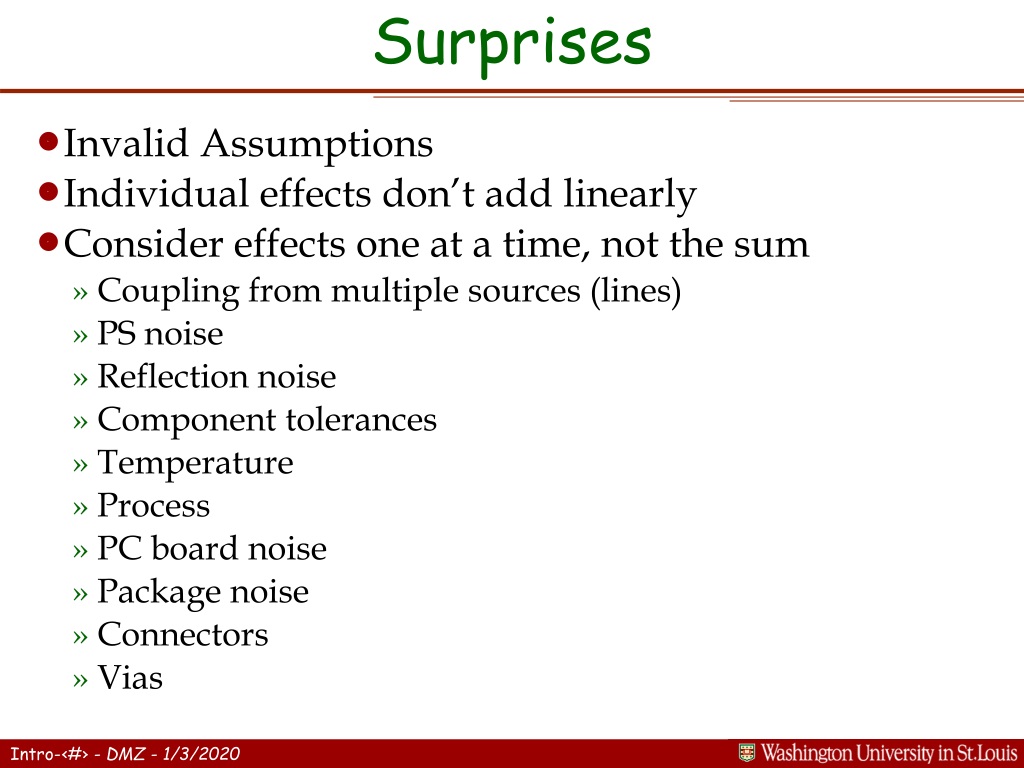What does FFT (X) do?
We would like to show you a description here but the site won’t allow us.
What is the FFT library called?
The theoretical FFT is plotted in Figure3.4. The theoretical FFT simply plots bn as a function of!. A real-life example of a measured square wave and the corresponding FFT is shown in Figures3.5and3.6. The FFT of an oscilloscope trace (CH1 or CH2) can be found using the “MATH” function on the oscilloscope.
What is fast Fourier transform (FFT)?
We would like to show you a description here but the site won’t allow us.
What is the output buffer of the FFT?
The blackboard is a feature that can be used to temporarily store and retrieve information while inside SAC. Blackboard variables can also be saved in a disk file using the WRITEBBF command and later restored into SAC using the READBBF command.

How to Perform FFT Onboard ESP32, and Get Both Frequency and Amplitude
I wanted a library for performing FFT on ESP32 using the Arduino IDE, and extract both fundamental frequency and the amplitude at that frequency. The most popular library seems to be arduinoFFT and it gives excellent results for frequency.
GitHub Repo
The FFT.h file, along with a sample Arduino code can be found here: https://github.com/yash-sanghvi/ESP32/tree/master/FFT_on_ESP32_Arduino.
Code Walk-through
Edit: While this walkthrough will use the .h file I referred to above, GitHub user @MichielfromNL has taken efforts to convert this code into a library. A big shout out to him. You can find the details here.
Speed Evaluation
A couple of tests were done to check the time taken by this algorithm to compute the FFT. Here are the results:
When to use this library
This library by Robin Scheibler is excellent for performing FFT computations on ESP32. The execution times are negligible and you can get frequency, amplitude, and the DC component of the signal very easily. You should use this library especially when the amplitudes are important to you.
What is FFT algorithm?
There are many different FFT algorithms based on a wide range of published theories, from simple complex-number arithmetic to group theory and number theory . Fast Fourier transforms are widely used for applications in engineering, music, science, and mathematics.
What is FFT theory?
The FFT may also be explained and interpreted using group representation theory allowing for further generalization. A function on any compact group, including non-cyclic, has an expansion in terms of a basis of irreducible matrix elements. It remains active area of research to find efficient algorithm for performing this change of basis. Applications including efficient spherical harmonic expansion, analyzing certain Markov processes, robotics etc.
When was DFT invented?
The development of fast algorithms for DFT can be traced to Carl Friedrich Gauss 's unpublished work in 1805 when he needed it to interpolate the orbit of asteroids Pallas and Juno from sample observations.
Does FFT have errors?
FFT algorithms have errors when finite-precision floating-point arithmetic is used, but these errors are typically quite small; most FFT algorithms, e.g. Cooley–Tukey, have excellent numerical properties as a consequence of the pairwise summation structure of the algorithms. The upper bound on the relative error for the Cooley–Tukey algorithm is O ( ε log N ), compared to O ( εN3/2) for the naïve DFT formula, where ε is the machine floating-point relative precision. In fact, the root mean square (rms) errors are much better than these upper bounds, being only O ( ε √ log N) for Cooley–Tukey and O ( ε √N) for the naïve DFT (Schatzman, 1996). These results, however, are very sensitive to the accuracy of the twiddle factors used in the FFT (i.e. the trigonometric function values), and it is not unusual for incautious FFT implementations to have much worse accuracy, e.g. if they use inaccurate trigonometric recurrence formulas. Some FFTs other than Cooley–Tukey, such as the Rader–Brenner algorithm, are intrinsically less stable.

Popular Posts:
- 1. what version blackboard is llcc running
- 2. how to allow multiple attempts blackboard assignment
- 3. how to remove a document submitted to blackboard asu
- 4. blackboard how view attempts that don't count for points
- 5. directions how to use blackboard platform
- 6. how to submit something on blackboard so it shoes as blank
- 7. how to see post on blackboard
- 8. google classroom like blackboard
- 9. how to sent message on blackboard
- 10. how to embed a photo in blackboard